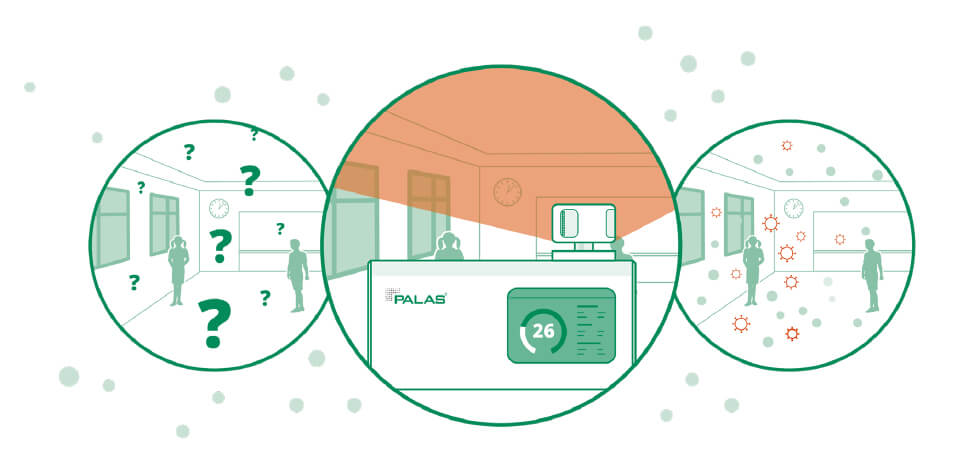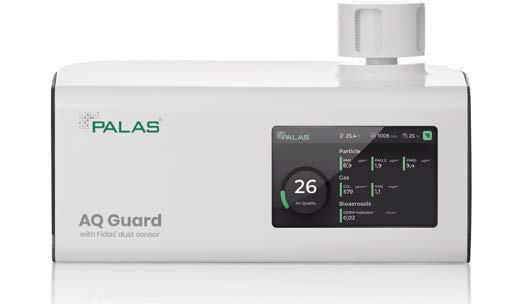
Make the Invisible Measurable
Viruses can be transmitted via aerosols. The risk of transmission should be reduced as far as possible. Opinions vary, however, on how to achieve this. Some believe that it is sufficient to increase the air exchange rate of rooms. Others call for installation of highly efficient air purifiers in all classrooms, conference rooms, or doctor’s waiting rooms not connected to an appropriately designed central air filtration system, as a general rule.
In the face of Covid-19 and future challenges decision makers in the public and private sectors need objective guidance for specifying requirements to be met by individual air hygiene concepts. More reliable data is required. Sole measurement of the CO2 level is insufficient for optimal design of ventilation concepts and determination of required air filtration capacity, which complicates the task further. Virus carrying aerosol particles are so small that most measuring devices cant detect them.
Indoor spaces vary considerably regarding dimensions, furnishing, technical facilities and uses, as well as occupancy needs. This calls for individual on-site assessment by experts in this field. With appropriate measurement technology, potentially infectious aerosols can be reliably determined – the basis for developing reduction concepts.

Precise and well founded With the AQ Guard Indoor and its new Indoor Air Hygiene Professional software package Palas offers a tool for experts in the field: A specific indoor situation (e.g., a class lecture or a meeting) can be rated by providing values for infection risk and Air Quality, based on combined data gained from simultaneous measurement of CO2 and particle count.
We make on-site simulation runs as well as efficacy evaluation of specific actions possible by offering aerosol generators known for reliability and steady output – a valuable tool for sound assessment of air hygiene concepts.
Clearly designed, intuitive to use, and easy to understand After each measurement, a report is automatically generated that shows the infection risk index and graphics to visualize the data on indoor air quality. This simplifies the documentation of the results and their presentation to those responsible and the users of the building.
